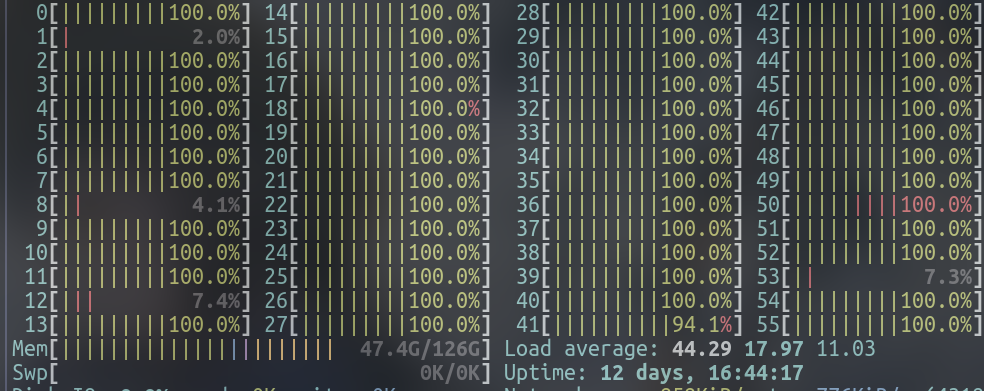Reimagining Internal Family Systems Through the Lens of AI
IFS Concepts The Internal Family Systems is a psychotherapy proposed by Richard Schwartz in the 1980s. In this model, everybody is a combination of different parts like those characters in the film, Inside Out. But the difference is that only emotions are anthropomorphized in the animation while in IFS, a part can also be a piece of thought or mindset. For example, if you have a social appearance anxiety, there would always be a voice in your mind criticizing your appearance. In IFS we consider the source this voice as a part of your mind. It is kind of like the dramaturgical theory with IFS focusing more on internal feelings and dramaturgical theory emphesizing more on social characters. ...

